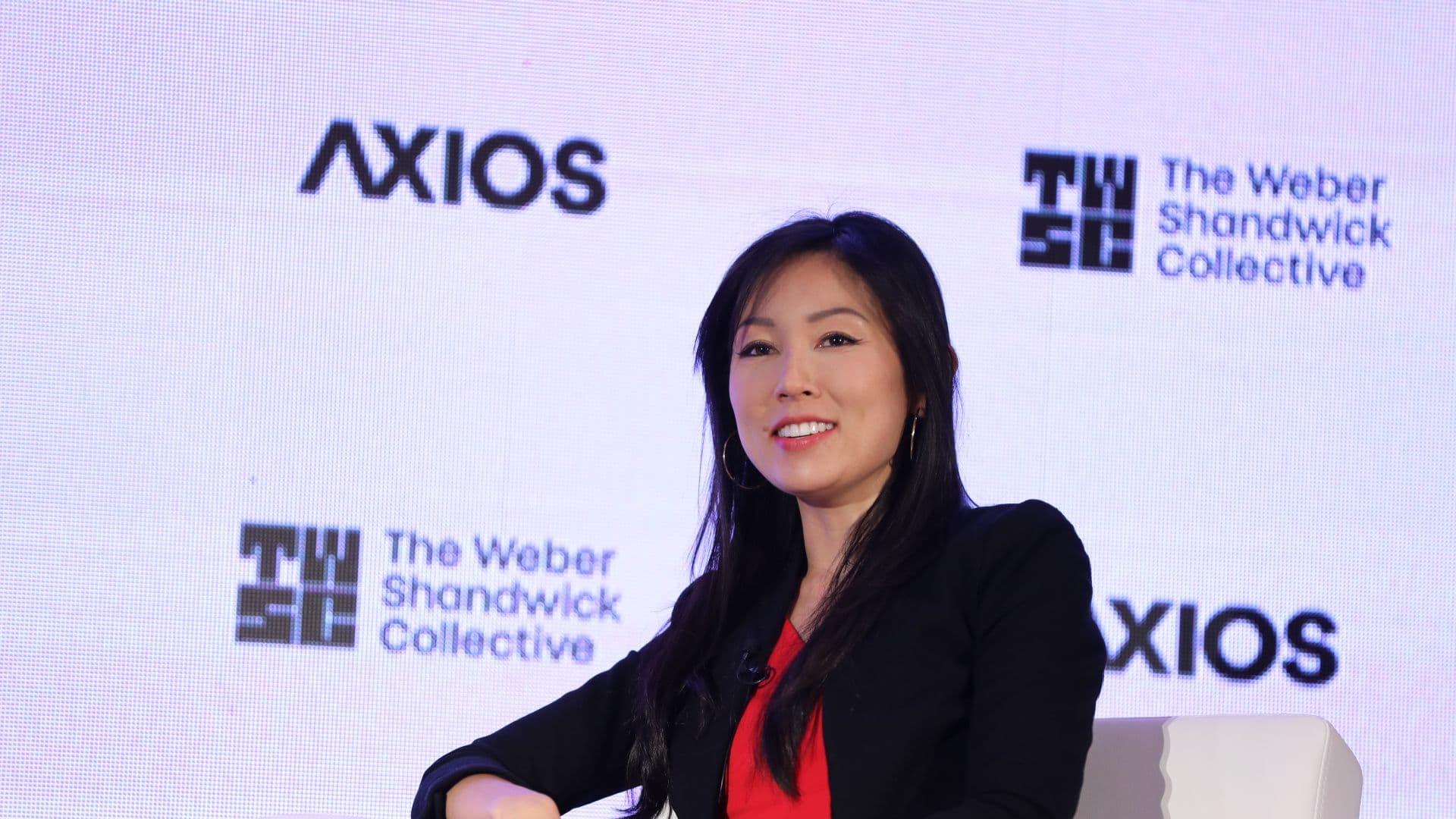Corporate Communications Face Critical Attention Bottleneck in Information-Saturated Era

New York, NY – The pervasive struggle for audience attention has emerged as the primary bottleneck for corporate communications, according to prominent communications expert Lulu Cheng Meservey. In a recent social media post, Meservey articulated a key challenge facing businesses today: "This is now the #1 bottleneck for company comms. Companies are launching and shipping every day, nonstop. They have taste, judgment, execution. Attention is all they lack." Her statement underscores the escalating difficulty for organizations to capture and retain public focus amidst an overwhelming influx of information.
Meservey, formerly a communications leader at Substack and Activision Blizzard, and now co-founder of Trailrunner International, is known for her direct and bold approach to corporate messaging. Her insights highlight a critical shift in the communication landscape, where the sheer volume of content necessitates a more strategic and impactful engagement with audiences. The "attention economy," a concept first theorized by economist Herbert A. Simon, posits that human attention is a finite resource, making its acquisition a valuable commodity in today's information-rich environment.
Industry analyses corroborate Meservey's observation, noting that the average human attention span continues to shrink, with some reports indicating it has fallen to as low as 1.5 seconds in digital spaces. This scarcity compels companies to move beyond traditional promotional tactics and adopt strategies focused on attraction and genuine value. Effective communication now demands deep understanding of target audiences, crafting highly relevant and engaging content, and leveraging direct channels to cut through the pervasive noise.
Experts suggest that successful corporate communications in this era require a blend of data-driven personalization and compelling storytelling. Rather than simply broadcasting messages, brands must focus on creating content that resonates emotionally and cognitively with their audience, often through user-generated content or by addressing specific needs. The challenge extends beyond mere visibility; it's about fostering meaningful engagement that translates into sustained interest and trust, transforming a fleeting glance into lasting attention.
The shift emphasizes that while companies may excel in product development and execution, their success increasingly hinges on their ability to master the art of capturing and holding attention. This new paradigm calls for communicators to be not just message creators, but strategic architects of audience engagement, ensuring their narratives stand out in a fiercely competitive digital world.